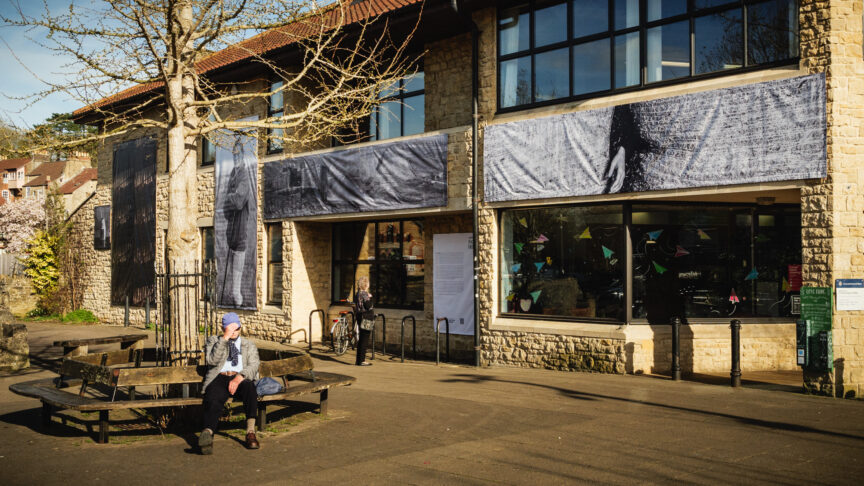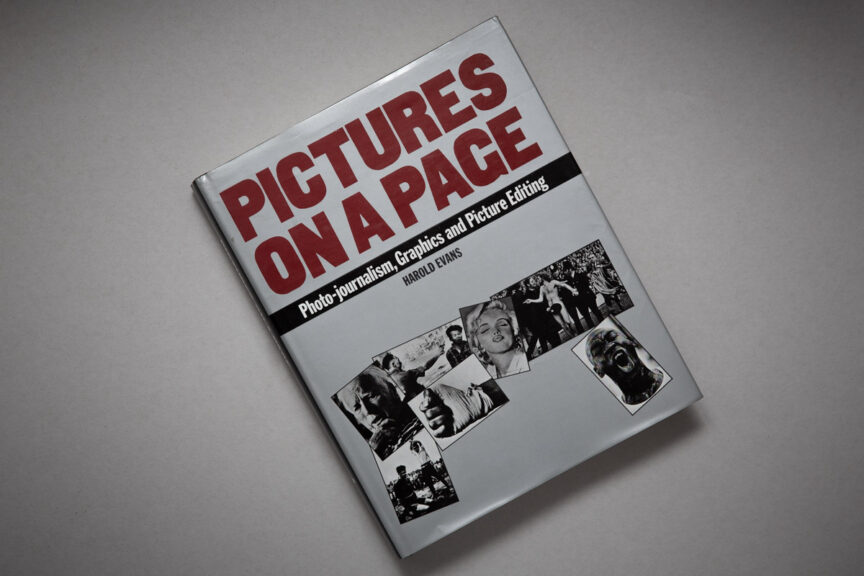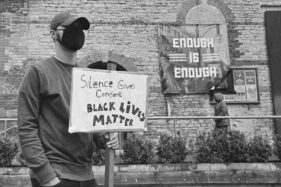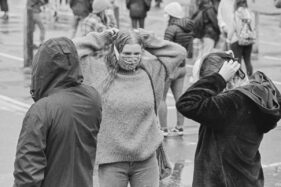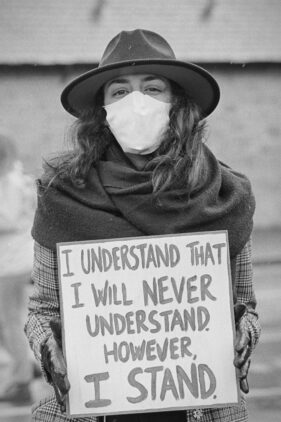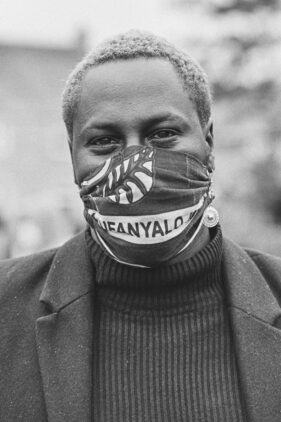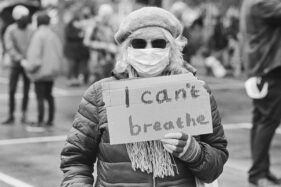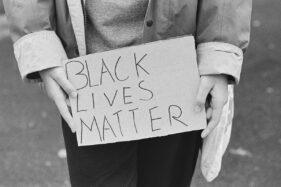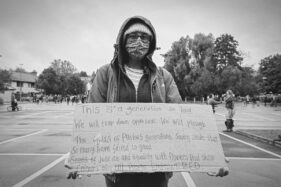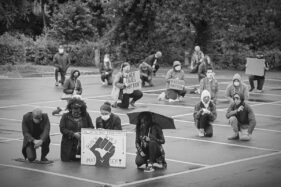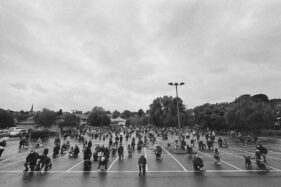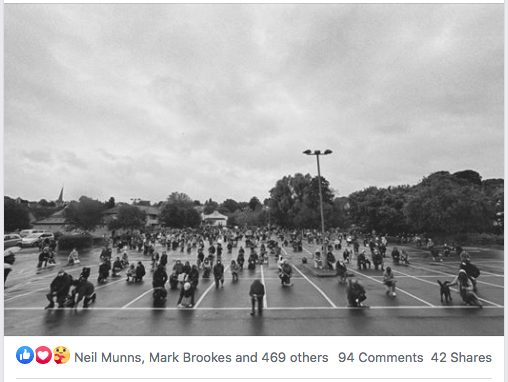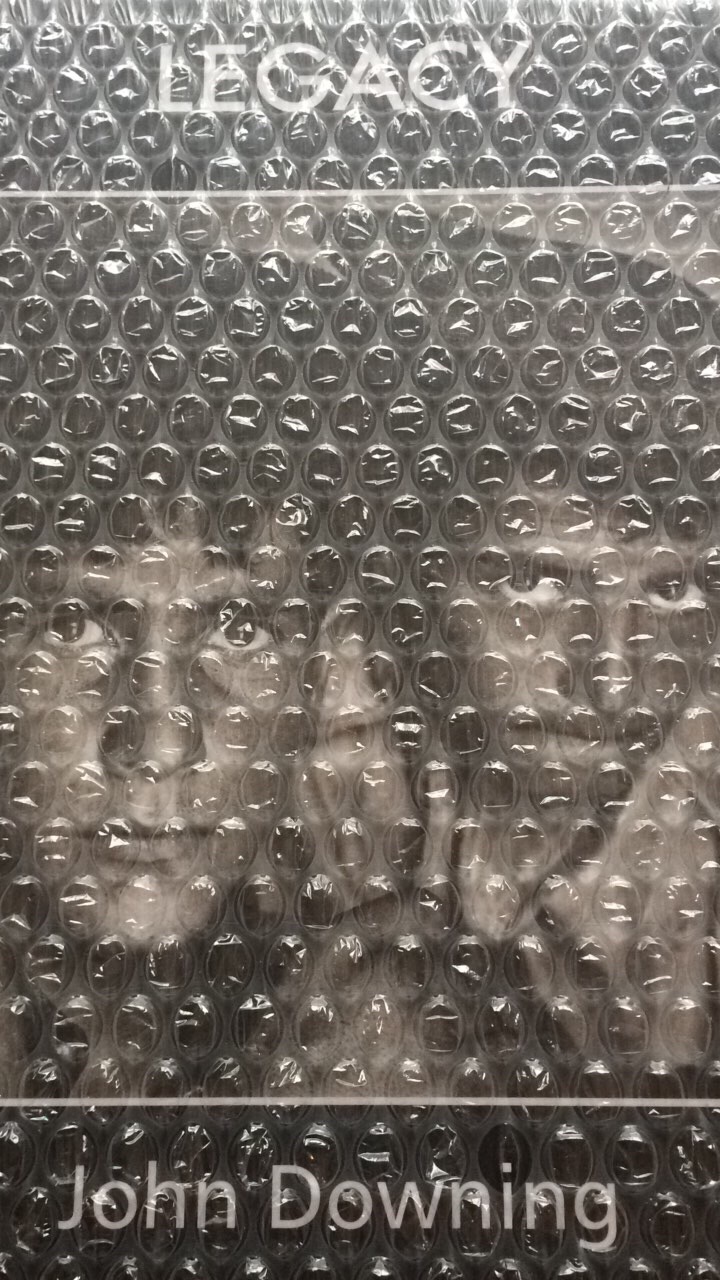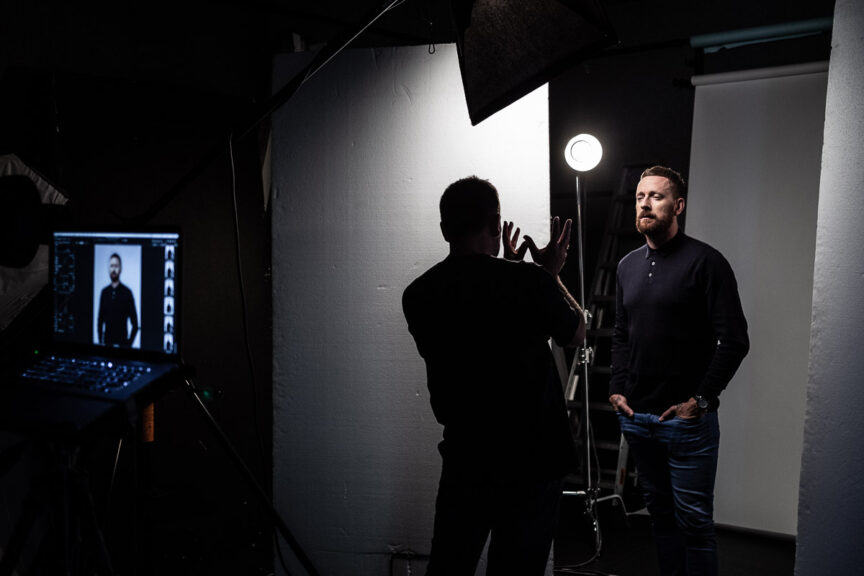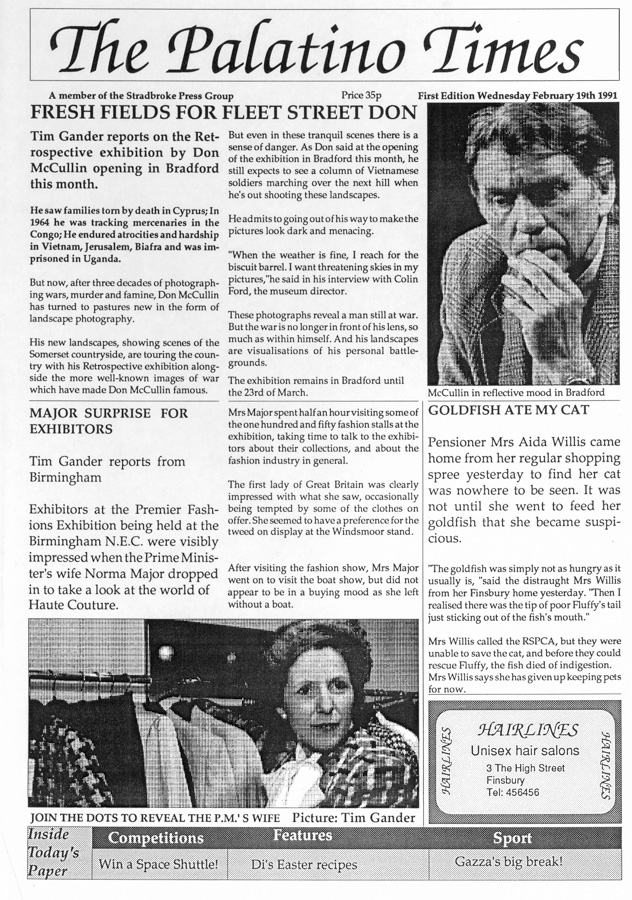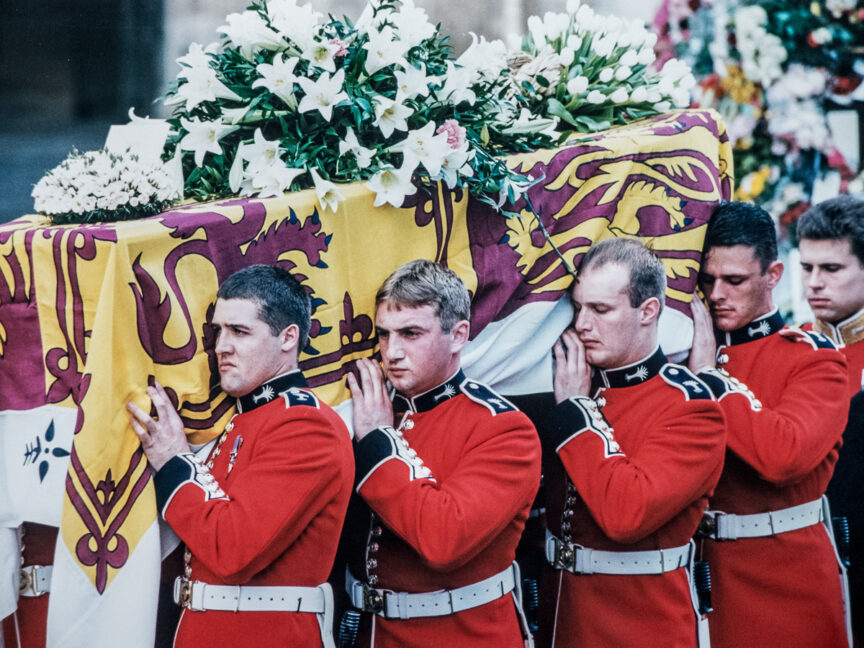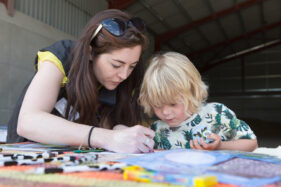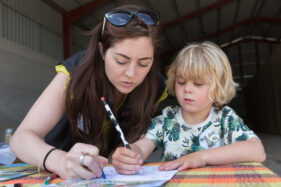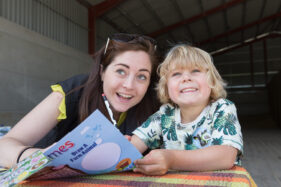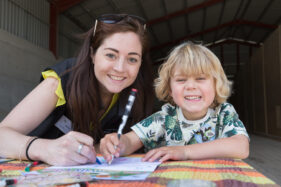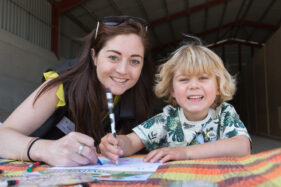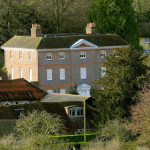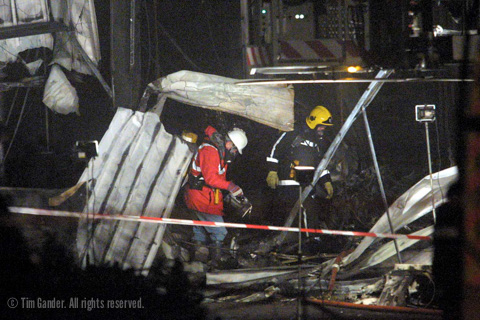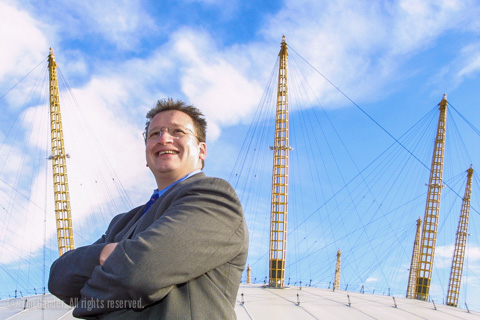After a fallow year in 2024, Photo|Frome is set to return with a bang in 2025. In fact, it’s nearly upon us and installation has started!
I should start by saying that due to a combination of personal and professional commitments, I have much less involvement in this year’s festival than in 2022 and 2023. For the planning of Outdoor Exhibitions in 2025, I’ve taken on a more limited advisory role to assist de-facto new head of outdoor Mark Somerville, who’s done a grand job from a standing start.
And so on Monday of this week I was back on a scissor lift, helping a great team of volunteers to install massive vinyl prints on the outside of Frome Library. In 2023 this consisted of a collaboration between myself and the photographers of T House, an Italian collective.
This year’s star of this most visible of locations shows a small selection of images from Joanne Coates’ project “The Lie of the Land” which looks at rural life through working class and low-income communities, encompassing issues of gender and heritage and human impact on the landscape.
I haven’t necessarily summed it up very well, so do explore Joanne’s work more thoroughly here.
The wider festival, which runs from 5th – 27 April, promises to be exciting as exciting as ever, with a breadth and depth of exhibitions which will have something for everyone (always an aim of Photo|Frome).
Just returning to the library show for a moment, it’s also worth mentioning that the vinyl posters from 2023’s show have been recycled into bespoke, each-one-unique, handmade tote bags which will be available for sale at this year’s festival. Or if you’re interested in owning one, drop me a line via tim@timgander.co.uk. They are very limited edition (I believe just over 60 were made before we ran out of material), so don’t hang about!
Finally, just to say that if you are planning on visiting Photo|Frome, drop me a line so we can meet up if time allows. Either way, enjoy your visit!
Thank you to Photo|Frome’s sponsors:
MPB is Photo|Frome’s Official Sponsor, the largest global platform to buy, sell and trade used photo and video gear.
Arts Council England Photo|Frome is supported using public funding by the National lottery through Arts Council England.
Frome Town Council is Photo|Frome’s Local partner.

